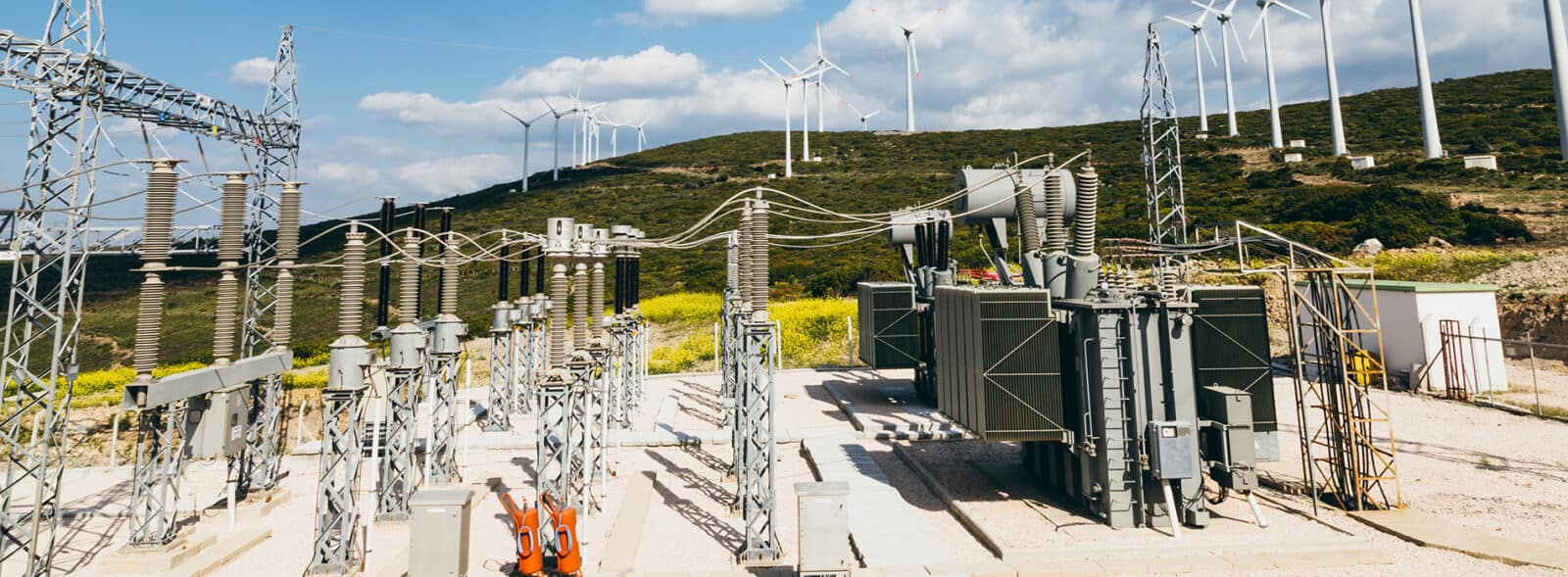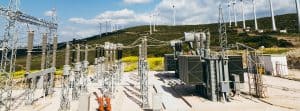Three Serious Questions to Ask Now About Condition Monitoring
While condition monitoring is becoming an integral part of daily power grid operations, there’s a huge difference between simply checking on assets and truly proactive intervention.
When a ‘check engine’ light goes on in a car, taking the directive literally and opening the hood to make sure the engine is intact doesn’t solve the problem. Someone needs to understand how the car works to take steps to prevent the engine from failing. The same principle applies to power grid assets.
Yet, too many teams forget to take a step back and think about the ultimate goal of condition monitoring, which is to actively monitor, and spot signs of equipment failure early, and then ACT by scheduling maintenance or other interventions before it’s too late.
If you want to get serious about condition monitoring, ask yourself three questions:
1. Do I have the resources necessary to achieve my goal?
Regardless of your motivation for conducting condition monitoring, your entire team must have a genuine understanding of the program’s core objectives. Once aligned on the specific problems that need to be solved, these program goals can be used to better guide your purchasing decisions and determine whether an existing solution is the right fit.
Anyone can sell you a box with lights on it—but not all condition monitoring solutions are created equal. The monitor should give you actionable information on which you can base confident decisions. And considering how quickly the industry is changing, its critical to have a flexible, scalable platform capable of growing alongside your condition monitoring needs. Today you may only want to monitor one or two parameters on assets at one station, but that may change in the future.
2. Do I understand what the data is telling me?
Data is an invaluable resource—but it needs context. I’m not going to call an ambulance just because my heart rate went up, particularly if I just hopped on a treadmill. No one understands a station’s assets better than those directly involved, so all engineers must be conscious of what’s going on in the system and translate that information into actionable insight.
Let’s return to the car example. There are endless reasons why a check engine light could appear, but without having access to the car’s health and maintenance history, it is difficult to pinpoint the exact issue. The same thinking applies to transformer monitoring. Having all asset data in once place offers visibility into the underlying factors of failure. Teams can then use their expertise and run targeted diagnostics and testing to understand what’s really going on and take immediate action.
3. Do I know how to respond when something goes wrong?
As power professionals we should anticipate and plan for the worst. Not because we’re paranoid, but because we’re proactive. Having a condition monitoring program is one thing—but without proper and timely execution, ignorance can quickly turn into negligence.
To prevent this, teams must not only understand what could go wrong, but also have proper procedures in place to act efficiently and appropriately. Who receives the alerts? Do they understand what they mean? What is the plan of action for each alert type? What is an acceptable response time? With a clear plan, when something happens, the team knows what to do and how quickly it needs to get done. That’s how assets are saved, and catastrophe avoided.
Disruptions are inevitable, but the best defense is a good offense and proactive monitoring delivers.
If you’re ready to take the next step in your condition monitoring journey, check out our new all-in-one condition monitoring system. This configurable offering encapsulates the functionality of our three strongest monitors; it provides a cost-effective and scalable solution to ensure reliable performance.
ADDITIONAL INFORMATION
- Product Information: Calisto™ T1 All-in-One Condition Monitoring System
- Further Reading:










